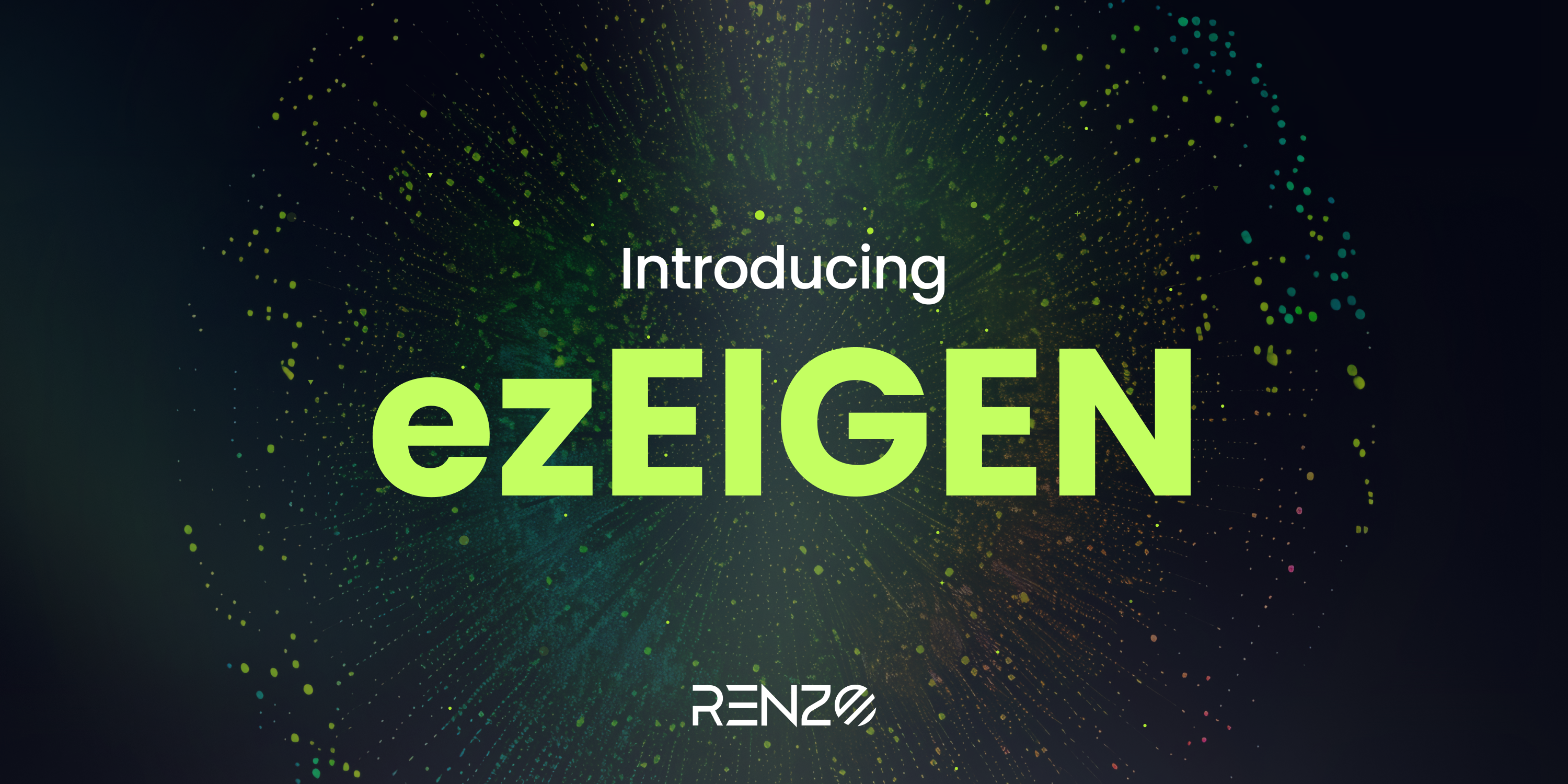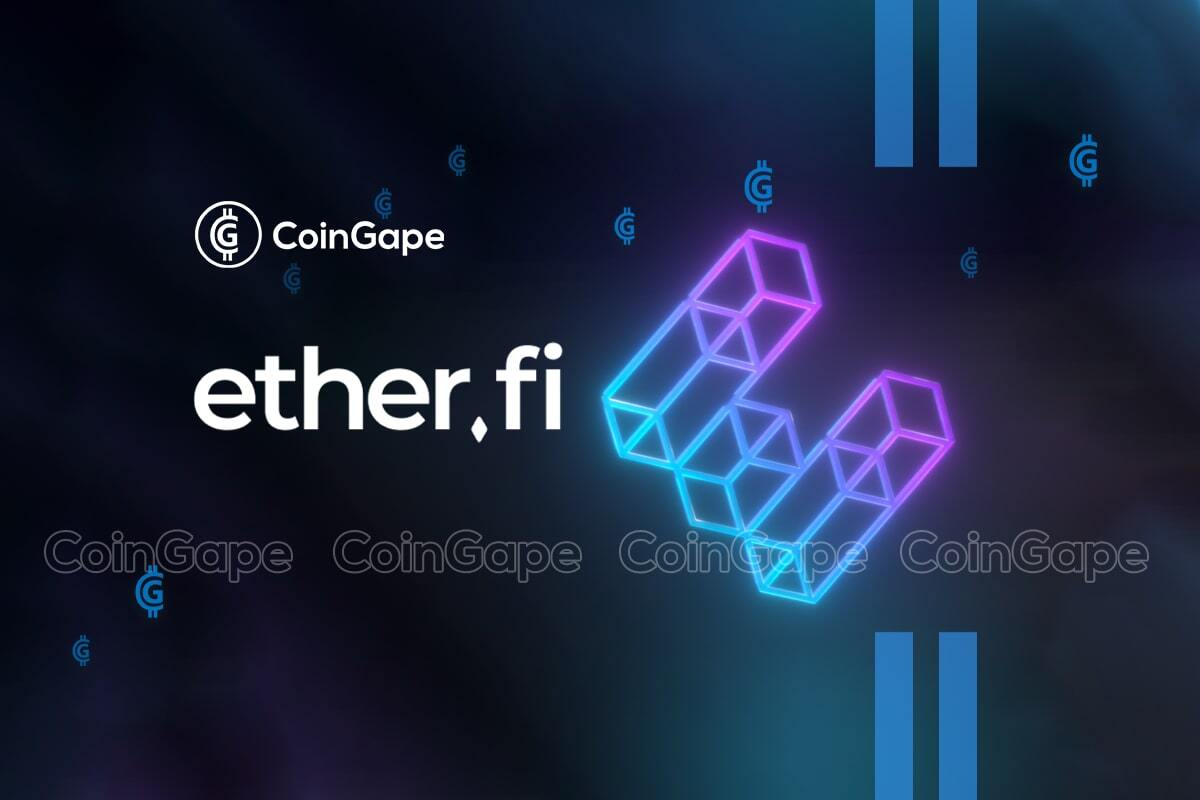
Ethereum’s staking landscape is in the midst of a significant transformation, driven by the emergence of Liquid Restaking Tokens (LRTs). As of September 2025, Ethereum (ETH) is trading at $3,979.67, reflecting persistent demand for innovative yield strategies and robust network security. LRTs, powered by protocols such as EigenLayer, are at the heart of this evolution, enabling stakers to amplify returns while reinforcing the security of both Ethereum and a new generation of decentralized applications.
How Liquid Restaking Tokens Unlock Multi-Layered Yield
The core innovation behind LRTs lies in their ability to generate multiple yield streams from a single staked asset. Traditionally, staking ETH meant locking up capital to secure the Ethereum network and earning protocol rewards. With LRTs, users can now restake their ETH or liquid staking tokens (LSTs) via EigenLayer, thereby securing Actively Validated Services (AVSs) such as oracles and data availability layers. In return for this added security contribution, restakers receive additional rewards on top of base ETH staking yields.
This mechanism is not merely theoretical, platforms like Renzo issue ezETH, while Ether. fi offers eETH, both representing claims on restaked positions. These LRTs remain tradable assets within DeFi protocols, allowing users to participate in lending, borrowing, and liquidity provision without forfeiting their restaking rewards.
The Mechanics: From Staked ETH to Tradable Restaking Tokens
Understanding the flow from staked ETH to liquid restaking tokens is crucial for both yield maximization and risk management. Here’s how it works:
- Stake ETH or LST: Users begin by staking ETH directly or holding popular liquid staking tokens like stETH or rETH.
- Restake via EigenLayer: These assets are then restaked through EigenLayer-enabled protocols.
- LRT Issuance: In exchange for providing economic security to AVSs, users receive an LRT (e. g. , ezETH or eETH) that represents their claim on the underlying assets plus accrued rewards.
- LRT Utility: These tokens can be freely traded or used as collateral across DeFi platforms, maintaining liquidity while earning layered yields.
This architecture not only boosts capital efficiency but also democratizes access to advanced yield strategies once reserved for sophisticated validators. The ability to deploy restaked capital across multiple protocols is driving a surge in user participation and protocol innovation.
LRTs: Reinforcing Ethereum’s Security While Enhancing Rewards
The implications for Ethereum’s security model are profound. By enabling existing staked capital to secure multiple networks simultaneously, EigenLayer creates a shared security marketplace that benefits both established DeFi protocols and new entrants. For instance, AVSs can tap into Ethereum’s trust network without having to bootstrap their own validator sets, a process that is both costly and prone to fragmentation.
This expanded security envelope reduces systemic risks associated with protocol attacks and exploits. According to recent research (OKX Learn: What is EigenLayer?), this approach incentivizes honest behavior across interconnected services while offering stakers enhanced compensation for their risk exposure. However, participants must be aware that with greater rewards come increased slashing risks if any AVS they help secure is compromised.
Ethereum (ETH) Price Prediction 2026-2031: Impact of Liquid Restaking Tokens (LRTs) and EigenLayer
Professional forecast based on the 2025 LRT revolution, current price: $3,979.67 (September 2025)
| Year | Minimum Price (Bearish) | Average Price (Base Case) | Maximum Price (Bullish) | Year-over-Year Change (Avg) |
|---|---|---|---|---|
| 2026 | $3,400 | $4,700 | $6,200 | +18% |
| 2027 | $3,900 | $5,800 | $8,000 | +23% |
| 2028 | $4,300 | $7,100 | $10,200 | +22% |
| 2029 | $4,900 | $8,900 | $13,500 | +25% |
| 2030 | $5,900 | $11,200 | $17,400 | +26% |
| 2031 | $7,200 | $13,900 | $22,000 | +24% |
Price Prediction Summary
Ethereum is poised for significant growth through 2031, largely due to the innovation of Liquid Restaking Tokens (LRTs) via EigenLayer, which amplify yield opportunities and strengthen network security. While short-term volatility is expected as LRT adoption matures, the underlying technology positions ETH as a cornerstone of decentralized finance and multi-protocol security. Average price predictions indicate a progressive uptrend, with potential for outsized gains in bullish scenarios if LRT and DeFi adoption accelerates.
Key Factors Affecting Ethereum Price
- Adoption and maturity of LRT platforms like EigenLayer, driving increased staking and yield incentives.
- Sustained growth in DeFi and cross-protocol security use cases for ETH, increasing demand and utility.
- Potential regulatory clarity or restrictions on staking and DeFi protocols globally, impacting investor sentiment.
- Ethereum protocol upgrades (e.g., scalability, security) and ecosystem innovation.
- Competition from other smart contract platforms and restaking solutions.
- Macroeconomic factors, including global monetary policy and risk appetite for digital assets.
- Risks associated with restaking (e.g., slashing, protocol exploits), which could impact staker confidence and capital flows.
Disclaimer: Cryptocurrency price predictions are speculative and based on current market analysis.
Actual prices may vary significantly due to market volatility, regulatory changes, and other factors.
Always do your own research before making investment decisions.
The Competitive Landscape: Comparing Leading Restaking Protocols
The market for liquid restaking solutions is rapidly evolving. Protocols such as Renzo (ezETH), Ether. fi (eETH), Puffer Finance, and Eigenpie each offer unique trade-offs in terms of yield optimization strategies, supported AVSs, user experience, and risk profiles. For those seeking detailed comparisons between these options, including collateralization ratios and DeFi integrations, resources like Nansen’s guide on Eigenpie provide additional clarity (see here).
As the competitive landscape matures, capital allocation decisions among liquid restaking protocols are increasingly driven by data on historical yields, slashing events, and AVS reliability. For example, Renzo’s ezETH and Ether. fi’s eETH have quickly become benchmarks for the sector, but new entrants like Puffer Finance and Eigenpie are innovating with dynamic reward models and broader AVS coverage. Users should scrutinize each protocol’s approach to risk mitigation, such as automated AVS monitoring or insurance pools, before deploying significant capital.
Comparing Top EigenLayer LRTs: ezETH, eETH, and Puffer
-

Renzo ezETH: Issued by Renzo Protocol, ezETH represents restaked ETH on EigenLayer. It offers users exposure to base staking rewards plus additional restaking yields from securing AVSs, while remaining fully liquid for DeFi use.
-

Ether.fi eETH: eETH is Ether.fi’s liquid restaking token, allowing users to earn staking and EigenLayer restaking rewards. eETH is widely integrated across DeFi, providing high liquidity and flexibility for participants seeking enhanced yield.
-

Puffer Finance: Puffer issues a liquid restaking token that enables users to restake ETH or LSTs, participate in EigenLayer, and earn additional rewards. Puffer emphasizes user-friendly restaking with robust security features and DeFi compatibility.
On-chain analytics also reveal a rapid uptick in LRT trading volumes as DeFi users seek to optimize returns without sacrificing liquidity. The ability to use LRTs as collateral across lending markets or to provide liquidity in AMMs further amplifies their utility. This composability is a key differentiator from traditional staking or even first-generation liquid staking tokens (LSTs), which often lacked integration depth within DeFi ecosystems.
Risk Management and User Considerations
Despite their appeal, liquid restaking tokens introduce new vectors of risk that must not be underestimated. Restakers are exposed to both protocol-level slashing penalties and smart contract vulnerabilities across multiple layers. The interconnectedness that boosts security can also propagate failures if not properly managed. Robust due diligence on underlying AVSs is essential, users should evaluate operator track records, code audits, and real-time AVS health dashboards.

It’s also critical to monitor macro trends affecting Ethereum itself. With ETH currently priced at $3,979.67, volatility in the underlying asset can magnify both gains and losses when leveraging LRT strategies. As market conditions evolve, such as shifts in staking participation rates or regulatory developments, participants must remain agile in adjusting their restaking allocations.
Community Perspectives: The Future of Liquid Restaking
The Ethereum community has responded enthusiastically to the promise of liquid restaking protocols. Thought leaders highlight how EigenLayer LRTs are enabling a new era of permissionless innovation while deepening Ethereum’s security moat. Yet there is lively debate over optimal decentralization levels for AVSs and the long-term sustainability of elevated yields.
Looking ahead, further integration between liquid staking DeFi primitives and LRT protocols could unlock even more sophisticated yield stacking opportunities for users willing to actively manage risk. As more Actively Validated Services come online, and as interoperability standards mature, the role of liquid restaking tokens will only grow in shaping Ethereum’s economic security model.
Key Takeaways for Investors and Builders
- LRTs offer multi-layered yield: By restaking ETH or LSTs through EigenLayer-enabled protocols like Renzo or Ether. fi, users gain access to incremental rewards while maintaining liquidity.
- Security trade-offs require vigilance: Enhanced yields come with increased exposure to slashing risks from AVS failures; robust due diligence is non-negotiable.
- Diversification across protocols: Allocating capital among different LRT providers can help mitigate idiosyncratic risks tied to specific AVSs or smart contracts.
- LRT composability is changing DeFi: The ability to use these tokens throughout the ecosystem, from lending markets to liquidity pools, is driving adoption at scale.
The emergence of liquid restaking tokens marks a pivotal advancement for Ethereum stakers seeking both higher yield and deeper protocol engagement. As always in crypto finance, transparency in protocol mechanics combined with rigorous research will be key for those looking to navigate this rapidly evolving sector successfully.






